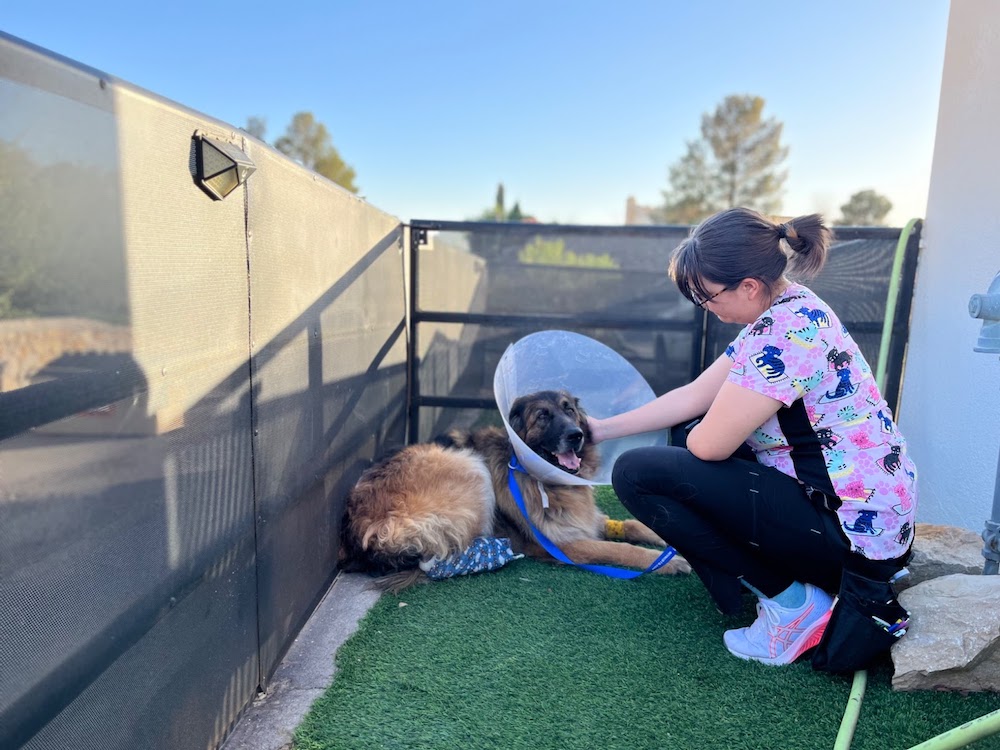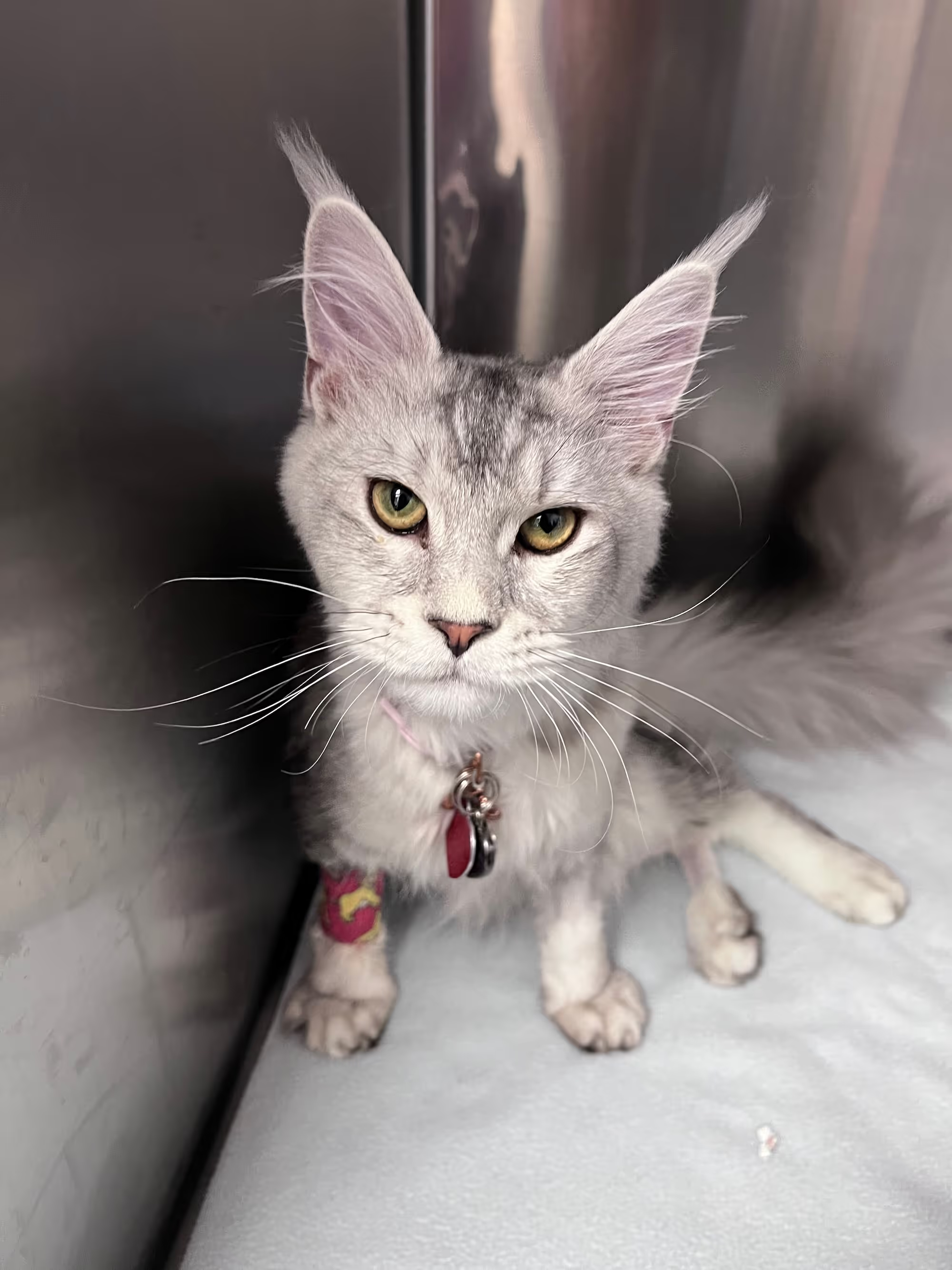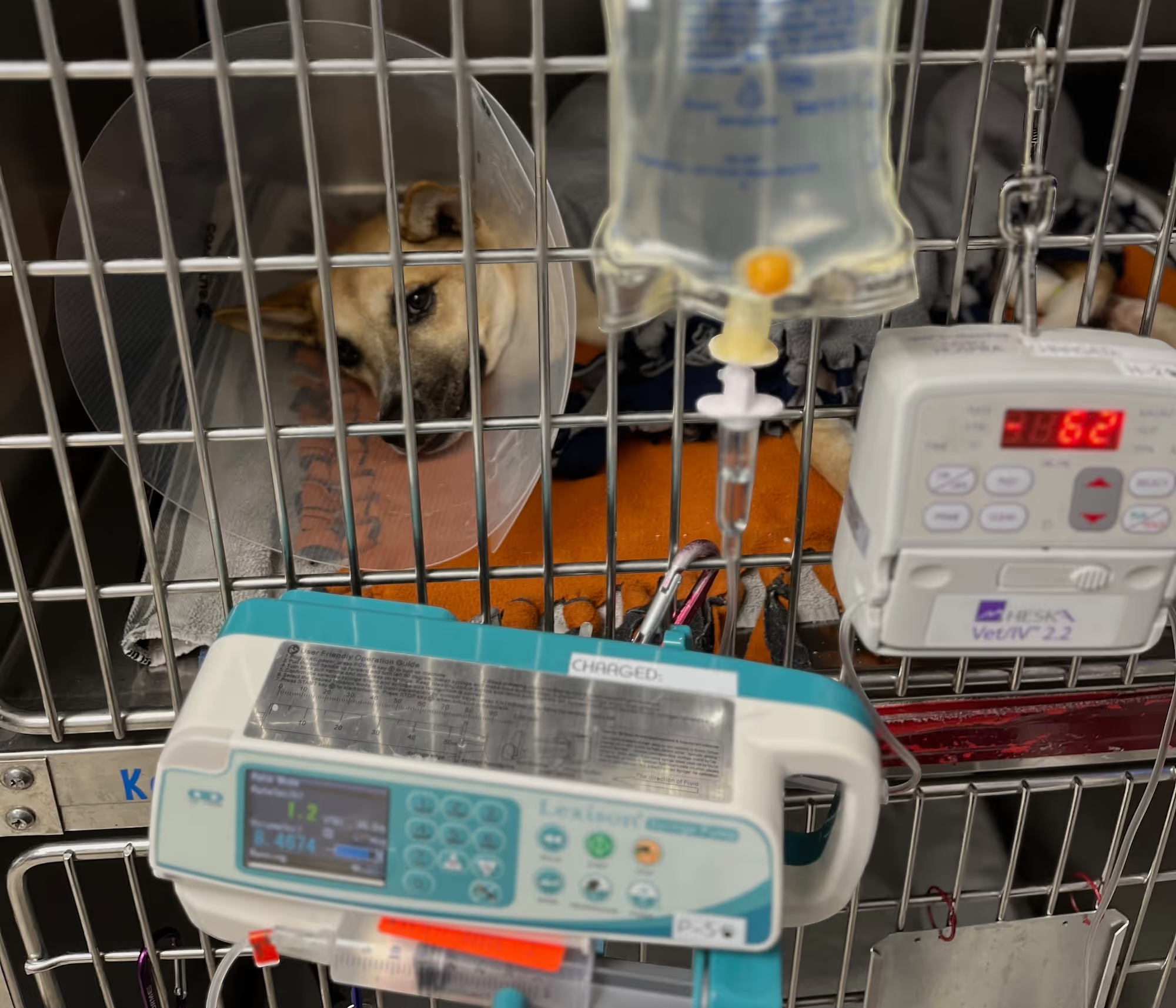Surgical Support

Anesthesia
Anesthetized patients at SCVSC are monitored closely and constantly by a technician who is assigned to a patient. The anesthesia plan is reviewed and adjusted, if indicated, for the patient’s specific needs. During the entire anesthetic episode– from pre-medication to induction to recovery to extubation – an anesthesia technician constantly monitors the patient’s physical parameters of anesthetic depth, blood pressure, heart rate, respiratory rate, gas exchange of oxygen and carbon dioxide and temperature while administering fluid therapy and medications.
After the patient has recovered from anesthesia, daytime and overnight technicians continue with monitoring and care around the clock.
24-hour Peri-operative Patient Care

Prior to surgery, admitted patients are assessed and administered pain medications, if needed. Our patients are monitored and receive 24-hour support and care by a team of compassionate veterinary technicians who average approximately 10 years of clinical experience each.
Once a patient is awake from anesthesia, our technicians update the surgeon repeatedly and constantly monitor patient status while providing post-operative care which includes IV fluid therapy, pain management, “potty breaks”, patient hygiene, wound care, physical therapy, cryotherapy and other treatments and assessments. Patient observation and care are maintained around-the-clock until the patient is released to go home.
Analgesia & Pain Management

Aggressively controlling pain in our patients is one of our highest priorities at SCVSC. We use “multi-modal analgesia and anesthesia” protocols which involve the administration of sedatives and a variety of pain control medications at lower doses in order to manage your pet’s safety and comfort throughout the entire surgery process. The careful administration of multiple pain medications also helps to increase a patient’s safety by reducing the amount of anesthesia needed during surgery. Giving combinations of a strong opioid by injection or by constant rate infusion (CRI), epidural analgesia and extended-release local anesthesia keeps our patients comfortable before, during and after procedures.
Selection of appropriate drugs for the control of pain associated with surgery is extremely important. Drugs such as buprenorphine, butorphanol and NSAIDs, are examples of pain medications that do NOT provide adequate pain management for patients undergoing highly painful procedures, such as orthopedic, spinal, thoracic and reconstructive surgery.
Although more expensive and requiring more judicious administration, strong opioid drugs such as fentanyl, hydromorphone, methadone and morphine are examples of pain medications that ARE appropriate for control of pain caused by highly painful surgical procedures. Proper care with dosing and administration is imperative for patient safety. We routinely administer these medications in order to maximize the comfort of our patients before, during and after surgery.

